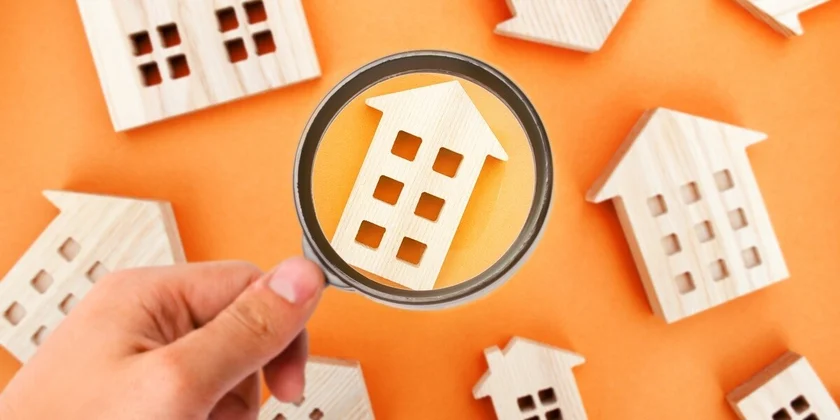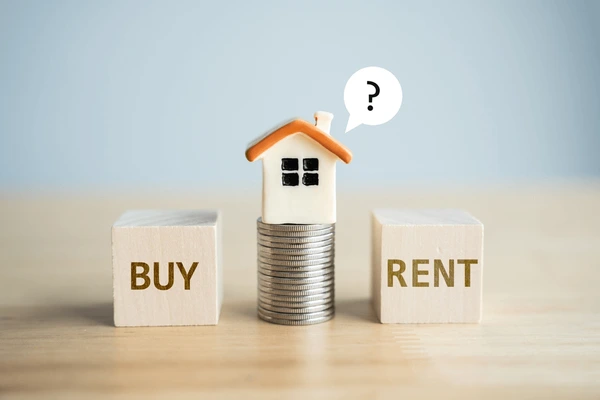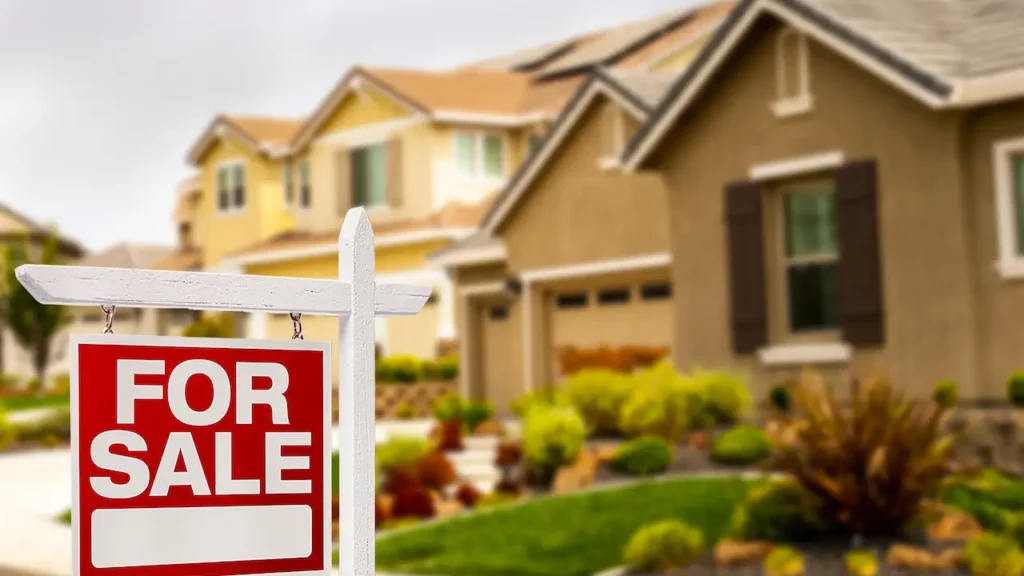
The Importance of Location in Real Estate: How to Choose the Best Spot
You’ve probably heard it before: “Location, location, location.” In real estate, this isn’t just a catchy phrase — it’s a fundamental truth. No matter how beautiful or affordable a property is, its location will ultimately determine its value, demand, and future potential.
Whether you’re buying your first home, investing in property, or selling, understanding the importance of location can be the key to making a smart move. Here’s why location matters — and how to choose the best spot.
🧭 Why Location Is the Most Valuable Feature in Real Estate
1. Location Can’t Be Changed
You can renovate a kitchen, fix a roof, or update the landscaping — but you can’t move the property. That’s why location often has the biggest impact on long-term value.
2. High Demand = High Property Value
Homes in desirable areas tend to appreciate faster, attract more buyers or renters, and maintain their value even in market downturns.
3. Lifestyle and Convenience
A great location adds to your daily quality of life — whether it’s walkability, access to work, schools, parks, or nightlife. And people are willing to pay more for convenience.
4. Resale and Rental Potential
Even if you’re not planning to sell soon, future buyers or tenants will care about location — and that affects your return on investment.
🏙️ Key Factors to Consider When Choosing a Location
✅ 1. Neighborhood Quality
Look for neighborhoods that are:
- Safe and well-maintained
- Known for community pride and involvement
- Filled with amenities like parks, shops, restaurants, and public spaces
👉 Tip: Walk the neighborhood at different times of day. Get a feel for noise levels, cleanliness, and overall vibe.
✅ 2. Proximity to Work and Transit
A short commute is one of the biggest lifestyle perks — and a top priority for many buyers and renters. Properties near:
- Major highways
- Public transit (bus, train, metro)
- Employment hubs or business districts
often command higher prices and stay in demand.
✅ 3. School District Quality
Even if you don’t have kids, homes in top-rated school zones often appreciate faster and sell more easily.
👉 Tip: Use school rating sites like GreatSchools or Niche to research school performance and catchment areas.
✅ 4. Walkability and Lifestyle Perks
More people are prioritizing walkability and access to everyday essentials. Look for areas with:
- Grocery stores, cafés, and gyms nearby
- Sidewalks, bike lanes, and public parks
- A vibrant local scene (farmers markets, festivals, etc.)
✅ Bonus: Walkable neighborhoods often hold value better, especially with younger buyers and renters.
✅ 5. Safety and Crime Rates
Safety is a non-negotiable for most buyers. Check local crime maps or ask neighbors about the area’s reputation.
👉 Tip: Even areas with a rough past can be on the rise — which brings us to the next point…
✅ 6. Development and Growth Potential
Buying in an up-and-coming area can be a smart investment. Look for signs like:
- New infrastructure (transit lines, roads, etc.)
- Planned commercial or residential developments
- Revitalization projects or city investments
⚠️ Caution: Speculative areas carry more risk. Always weigh future potential against current realities.
✅ 7. Noise, Traffic, and Zoning
Pay attention to what’s around the property:
- Is it near a busy road, airport, or industrial area?
- Are there loud bars or clubs nearby?
- Is it zoned for residential or mixed use?
- Could future developments impact the peace or value?
📍 Location Types: What’s Best for You?
Here’s how different location types suit different buyers or investors:
| Location Type | Best For | Pros | Cons |
|---|---|---|---|
| Urban (City Center) | Young professionals, renters | Walkable, vibrant, good transit | Higher cost, noise, smaller space |
| Suburban | Families, long-term homeowners | Larger homes, good schools | Longer commutes |
| Rural | Retirees, nature lovers | Peaceful, spacious, affordable | Limited amenities, more driving |
| Vacation/Resort | Investors, second-home buyers | Rental income potential, lifestyle | Seasonal demand, maintenance |
| Up-and-Coming | Savvy investors, budget buyers | Appreciation potential | Risk of slow growth |
🔍 How to Research a Location Like a Pro
- Use Google Maps: Explore the area virtually, check distances and amenities.
- Search Local News: See what developments, businesses, or issues are happening in the neighborhood.
- Check Market Trends: Look at recent home sales, price growth, and rental yields in the area.
- Talk to Locals: Visit cafes, shops, or community centers — locals often give honest insights.
- Work with a Local Agent: They know the neighborhood inside and out and can help you spot hidden gems (or red flags).
🏁 Final Thoughts: Choose Location Like an Investor
Whether you’re buying to live or rent, always think long-term:
- Is this area growing or declining?
- Will people still want to live here in 5–10 years?
- Does this location support the lifestyle or income you want?
A great property in a bad location is rarely a good investment — but an average property in a prime location? That’s often where the real value lies.
Need help comparing two locations or want insight on hot areas in 2025? I can pull together the data for you — just say the word!








